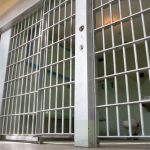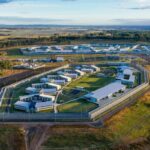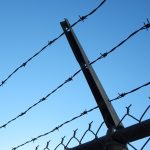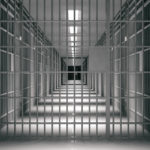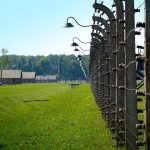NSW to Expand the Prison System, Yet Again
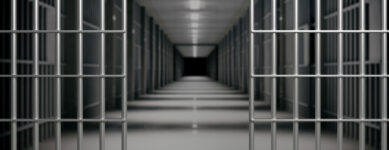
As Sisters Inside chief executive Debbie Kilroy put it to Sydney Criminal Lawyers in early 2017, building more prisons doesn’t alleviate overcrowding in the system, rather it simply means that fresh inmates are needed to fill vacant beds, with new facilities eventually becoming overfilled as well.
The Berejikilian government has recently cited ever-rising prisoner numbers as the reason behind a cabinet subcommittee considering the western Sydney industrial hub of Camellia as the most likely site for a new 1,000 bed correctional facility set for construction over the next four years.
The Herald obtained these details via freedom of information laws, with three senior government members confirming that the site is preferable as the prison would be located in between the Parramatta courts and Silverwater Correctional Centre.
However, the reasoning behind constructing an additional facility right in the middle of greater Sydney seems somewhat suspect, especially when taking into account that a recent and quite substantial expansion of the NSW prison system has only just taken place.
The never-ending boom
As part of the 2016 Budget, the Baird government announced a $3.8 billion package designed to increase the NSW prison capacity by 7,000 new beds. This aimed to boost numbers in existing facilities by 4,200 beds, along with an extra 2,800 in new or reopened correctional centres.
This increase didn’t include the recent addition of the Clarence Correctional Centre located southeast of the NSW town of Grafton. The largest corrections facility in the country, the privately-run Clarence provides an additional 1,700 beds to accommodate the rising prison population.
This is all despite BOCSAR figures revealing that in September, the 12,701 adults in the state’s facilities marked a 6 percent pandemic-related reduction in numbers over the 12 months prior.
Indeed, Corrective Services NSW is expecting a further rise in inmates numbers over the next decade due to “policing activity”.
The disconnect in this equation is that while the incarcerated population has been rising since the turn of the century, it’s been accompanied by a steady decrease in crime.
So, this trend shows that regardless of illegal activity, if provisions are made to house extra inmates, authorities will produce bodies to fill beds.
Jailing is failing
As UNSW professor of criminology Eileen Baldry wrote in the Herald last week, the Berejikilian government should be required to produce evidence to prove that building more prisons and incarcerating more citizens really does make the state a safer place.
The professor suggests this in light of the fact that all major Australian inquiries into carceral matters have found that rather than reducing crime, the incarceration of citizens actually produces more societal harms.
“Being in prison does not rehabilitate,” Baldry maintains, “more than half of those who are sentenced to prison go back behind bars, and most go back many times.” She further adds that these institutions are criminogenic, meaning they produce illegal activity.
So, when considering that government-commissioned inquiry findings and BOCSAR-produced data reveal that prisons aren’t solving any perceived crime problems, the continued expansion of the correctional system on the part of NSW authorities would indicate it must be churning quite a profit.


